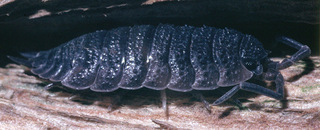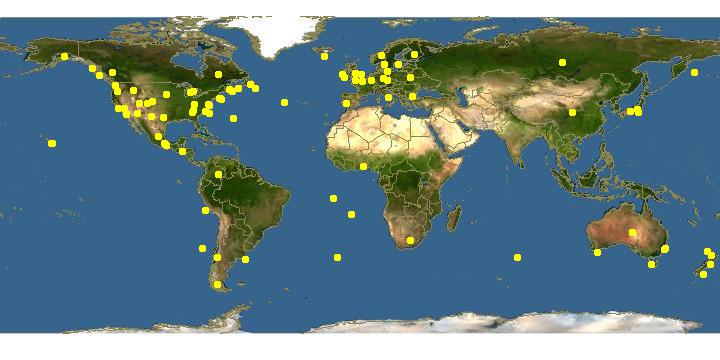|
| Links |
We parsed the following live from the Web into this page. Such content is managed by its original site and not cached on Discover Life. Please send feedback and corrections directly to the source. See original regarding copyrights and terms of use.
- Australian Faunal Directory
|
80x5 -
240x3 -
240x4 -
320x1 -
320x2 -
320x3 -
640x1 -
640x2
Set display option above.
Click on
images to enlarge. |
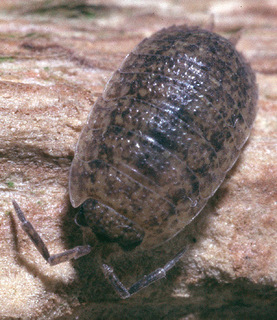
© Copyright Malcolm Storey 2011-2118
· 3
Porcellio scaber |
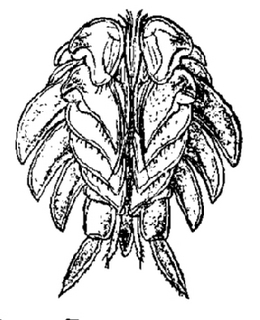
© Richardson, 1905
· 1
Porcellio scaber, abdomen, ventral |
|
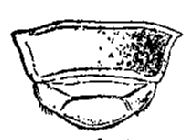
© Richardson, 1905
· 1
Porcellio scaber, anterior, lip |
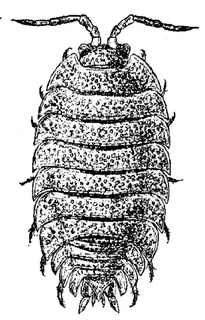
© Richardson, 1905
· 1
Porcellio scaber, dorsal |
|
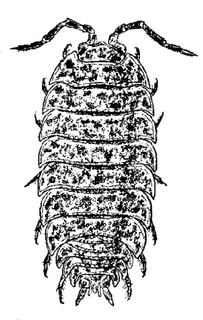
© Richardson, 1905
· 1
Porcellio scaber, dorsal, variety, marmorata |
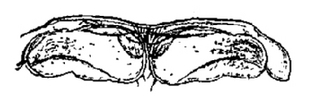
© Richardson, 1905
· 1
Porcellio scaber, female, first, pleopod |
|
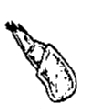
© Richardson, 1905
· 1
Porcellio scaber, first, antenna |
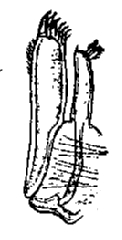
© Richardson, 1905
· 1
Porcellio scaber, first, maxilla |
|
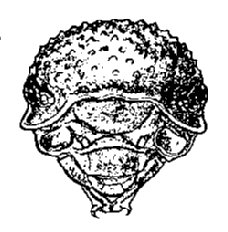
© Richardson, 1905
· 1
Porcellio scaber, head |
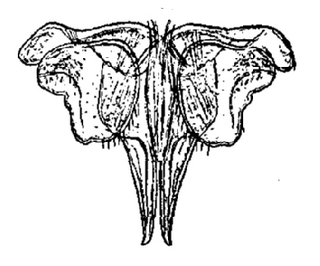
© Richardson, 1905
· 1
Porcellio scaber, male, first, pleopod |
|
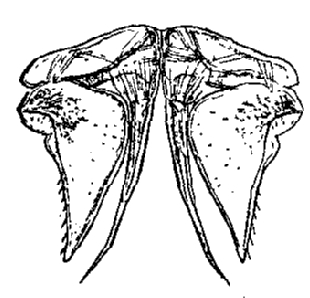
© Richardson, 1905
· 1
Porcellio scaber, male, second, pleopod |
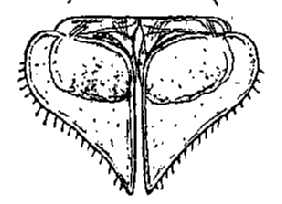
© Richardson, 1905
· 1
Porcellio scaber, male, third, pleopod |
|
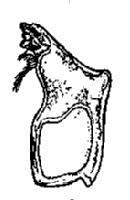
© Richardson, 1905
· 1
Porcellio scaber, mandible |
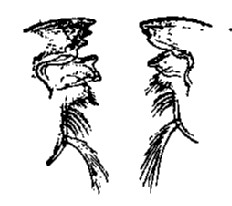
© Richardson, 1905
· 1
Porcellio scaber, mandibles |
|
Identification |
Reprinted from Richardson, H. 1905. Isopods of North America. Bulletin No. 54 of the United States National Museum.
Localities—Comax, British Columbia, near Union Wharf, along the shore; Taylor Bay, Gabriola Island, British Columbia, on the shore; San Diego, California; Puget Sound; Oakland, California; Norwood, Ohio; Westwood, Cincinnati, Ohio; Andersons Ferry, Hamilton County, Ohio; Springfield, Ohio; Bering island; Woods Hole, Massachusetts; Colfax, California; Ocean Grove, New Jersey; Westfield, New York; Magdalen Islands; Victoria, Vancouver Island; Salem, Massachusetts; Northfield, Cook County, Illinois; Beverly, Massachusetts; Hamilton and Warwick, Massachusetts; Crescent City, California; Gulf of Georgia; Britain Island, Nova Scotia; Penikese Island, Massachusetts; Key West, Florida; San Mateo, California; the Bermudas; New York City; West Haven, Connecticut; Bloomington, Illinois; Lawrence, Massachusetts; Woodside, Maryland; Grand Menan, New Brunswick; Saginaw, Michigan; Lagonistas Creek, California; Lake Maxinkuckee, Indiana; Freeport, Maine; Greenland; Newfoundland; New York; Niagara, New York; San Francisco, California; San Pedro, California; St. Paul Island; St. Croix; Ascension Island; Kamchatka; Iceland; Hawaii; Cape of Good Hope; all Europe; distribution world-wide.
Found under dead leaves and stumps, under brick and boards; along the shore; in greenhouses.
Body ovate, not capable of being rolled up into a ball, twice as long as wide, 6 mm. : 10 mm.
Head twice as wide as long, 2 mm. : 1 mm., with the anterior margin produced in three lobes, one median and two lateral lobes. The median lobe is triangular, with apex obtuse; the lateral lobes are rounded and large and extend as far as the median lobe. The eyes are small, round, and composite, and are situated at the base of the antero-lateral expansions. The first pair of antennae are rudimentary and inconspicuous and are composed of three articles. The second pair of antennae have the basal article short; the second is about one and a half times as long as the first; the third is as long as the second; the fourth is nearly twice as long as the third; the fifth is nearly twice asong as the fourth. The flagellum is composed of two unequal articles, the first one being the shorter. The second antennae extend to the middle of the third thoracic segment. The maxillipeds have a palp of three articles. The palp of the mandibles is wanting.
The segments of the thorax are subequal. There is no indication of epimera on any of the segments.
The abdomen is as wide as the thorax. The first two segments are covered at the sides by the lateral parts of the seventh thoracic segment. The sixth or terminal segment is l.5 mm. wide at the base. It is triangularly produced to a long, narrow extremity, which is posteriorly rounded. The terminal segment is 1 mm. long. The uropoda are longer than the terminal segment. The outer branch extends 0.5 mm. beyond the extremity of the abdomen. The inner branch just
reaches the tip of the last segment of the body.
All the legs are ambulatory.
The whole surface of the body is covered with small tubercles.
Color, generally a uniform gray black, sometimes lighter, variegated with irregular dark spots, occasionally black, with the lateral parts of the segments light yellow, forming a marginal border.
|
|
| Supported by | |
|
Following modified from Australian Faunal Directory
|
Top | See original
| &pull 20q v5.145 20180528: Error 301 Moved Permanently http://biodiversity.org.au/afd/taxa/6a79cff6-041e-4213-b1a8-42092acf8c3e/ |
Updated: 2024-04-23 17:32:27 gmt
|
